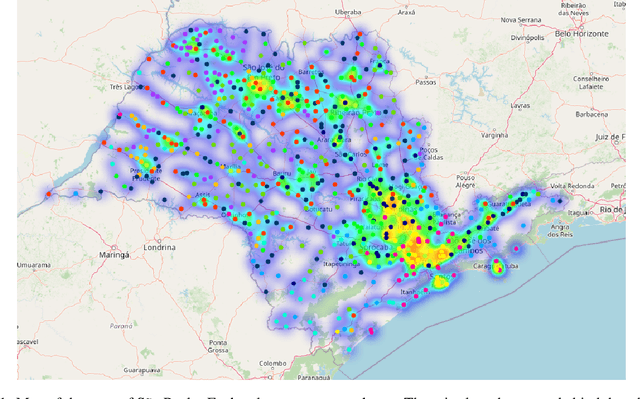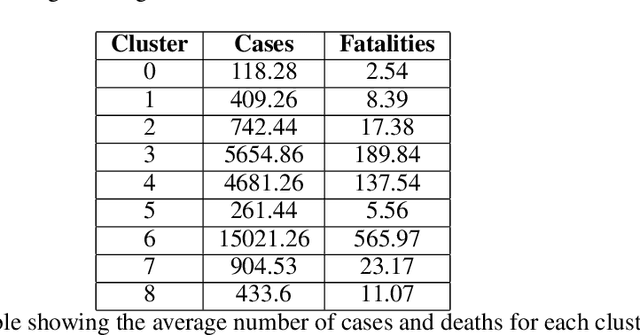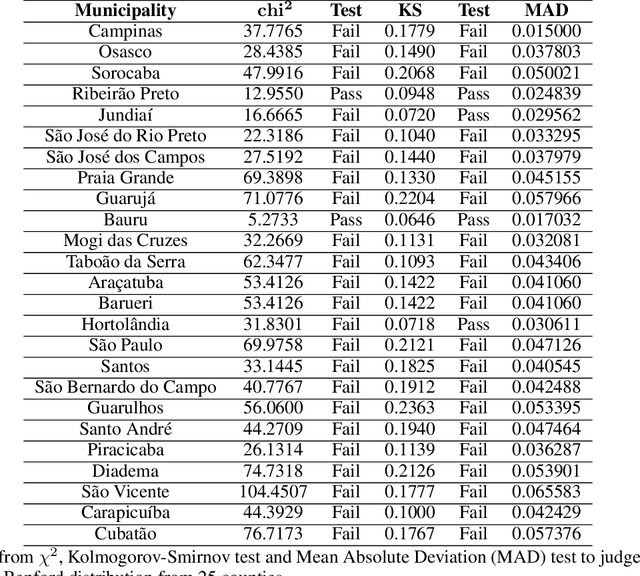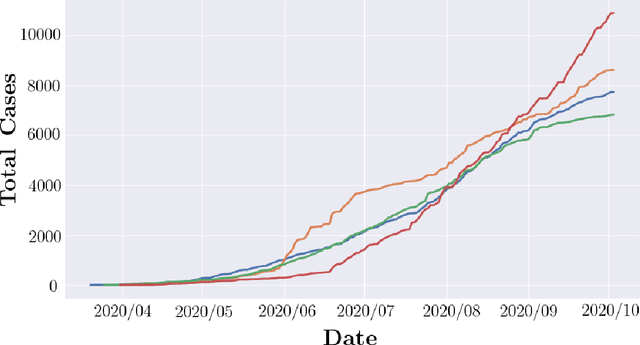Machine learning approaches for localized lockdown during COVID-19: a case study analysis
Paper and Code
Jan 03, 2022



At the end of 2019, the latest novel coronavirus Sars-CoV-2 emerged as a significant acute respiratory disease that has become a global pandemic. Countries like Brazil have had difficulty in dealing with the virus due to the high socioeconomic difference of states and municipalities. Therefore, this study presents a new approach using different machine learning and deep learning algorithms applied to Brazilian COVID-19 data. First, a clustering algorithm is used to identify counties with similar sociodemographic behavior, while Benford's law is used to check for data manipulation. Based on these results we are able to correctly model SARIMA models based on the clusters to predict new daily cases. The unsupervised machine learning techniques optimized the process of defining the parameters of the SARIMA model. This framework can also be useful to propose confinement scenarios during the so-called second wave. We have used the 645 counties from S\~ao Paulo state, the most populous state in Brazil. However, this methodology can be used in other states or countries. This paper demonstrates how different techniques of machine learning, deep learning, data mining and statistics can be used together to produce important results when dealing with pandemic data. Although the findings cannot be used exclusively to assess and influence policy decisions, they offer an alternative to the ineffective measures that have been used.
 Add to Chrome
Add to Chrome Add to Firefox
Add to Firefox Add to Edge
Add to Edge